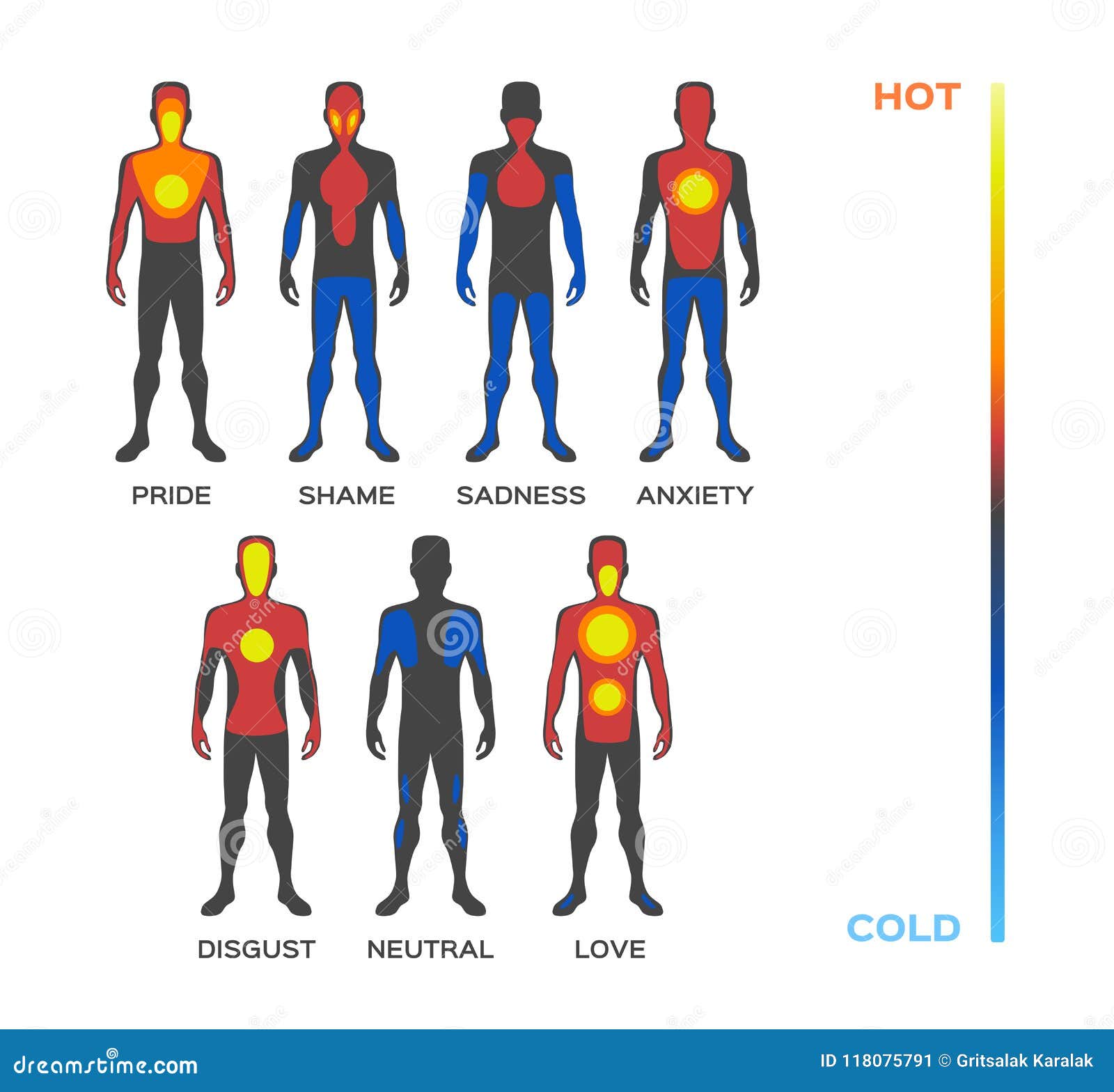

Indeed, emotional expression has been regarded as one of the most important criteria for the aesthetic value of music ( Juslin, 2013). This multiple-layer conceptualization of expression in music can help to explain both similarities and differences between vocal and musical expression of emotions.įew scholars would dispute that music is often heard as expressive of emotions by listeners. These layers enable listeners to perceive more complex emotions-though the expressions are less cross-culturally invariant and more dependent on the social context and/or the individual listener. However, I also propose that this “core” layer may be extended, qualified, and even modified by additional layers of expression that involve intrinsic and associative coding. I attempt to clarify the meaning of this concept, dispel the myths that surround it, and provide examples of how it can be heuristic in explaining findings in this domain. The “core” layer is constituted by iconically-coded basic emotions. Based on these premises, I suggest a conceptualization in terms of “multiple layers” of musical expression of emotions. I will argue that the content is mainly constrained by the type of coding involved, and that distinct types of content are related to different types of coding.

The goal of this article is thus to consider what types of emotional content are possible to convey in music. Far less attention has been devoted to the actual contents of the communicative process. Numerous studies have investigated whether music can reliably convey emotions to listeners, and-if so-what musical parameters might carry this information. Department of Psychology, Uppsala University, Uppsala, Sweden.


 0 kommentar(er)
0 kommentar(er)
